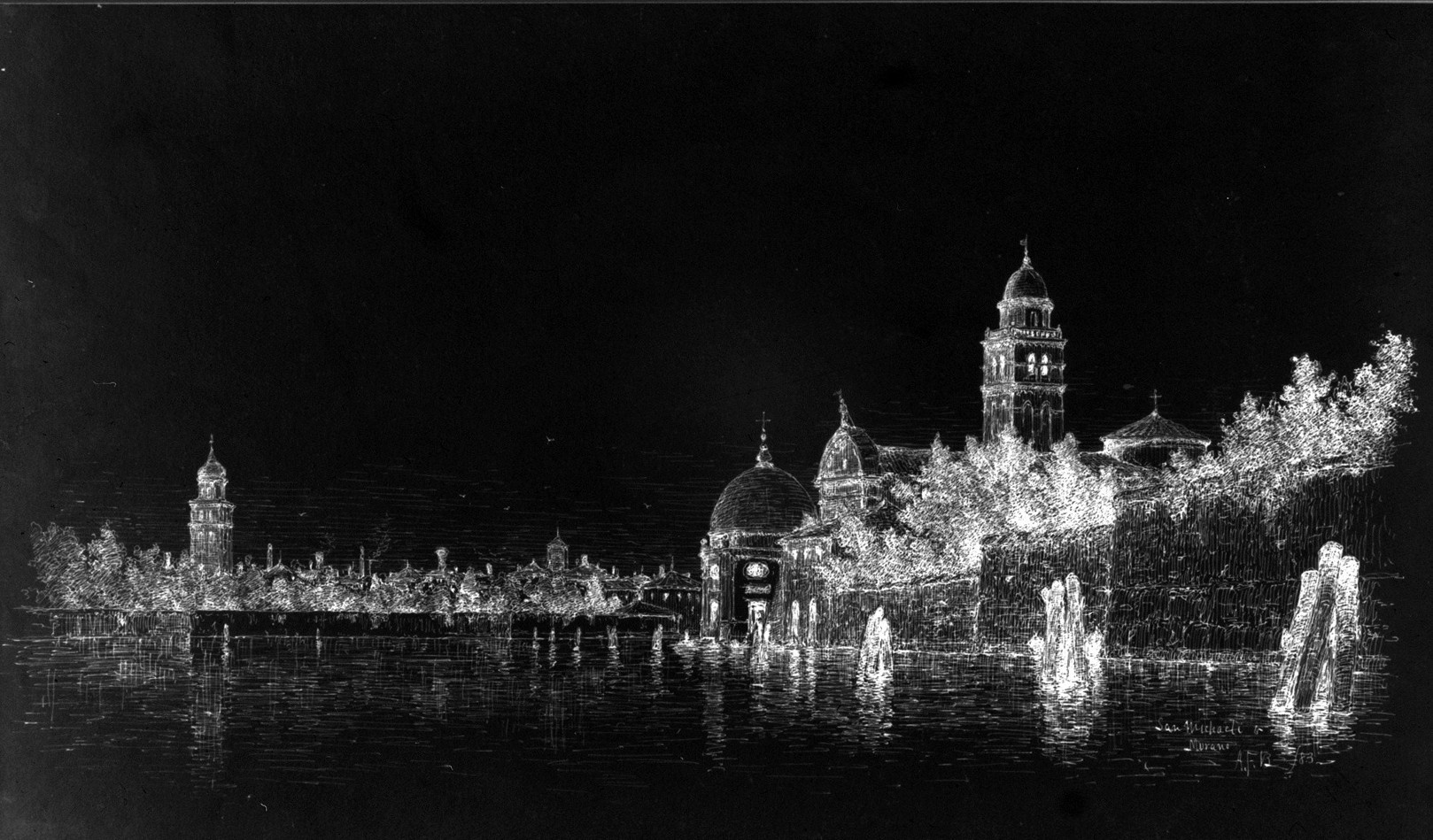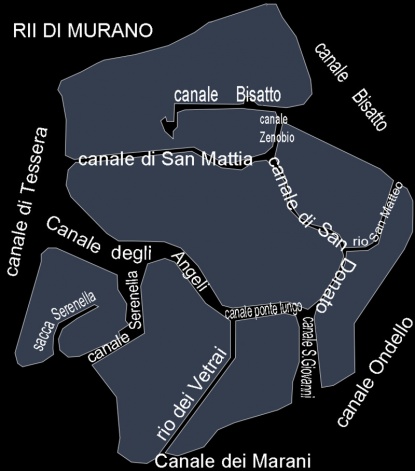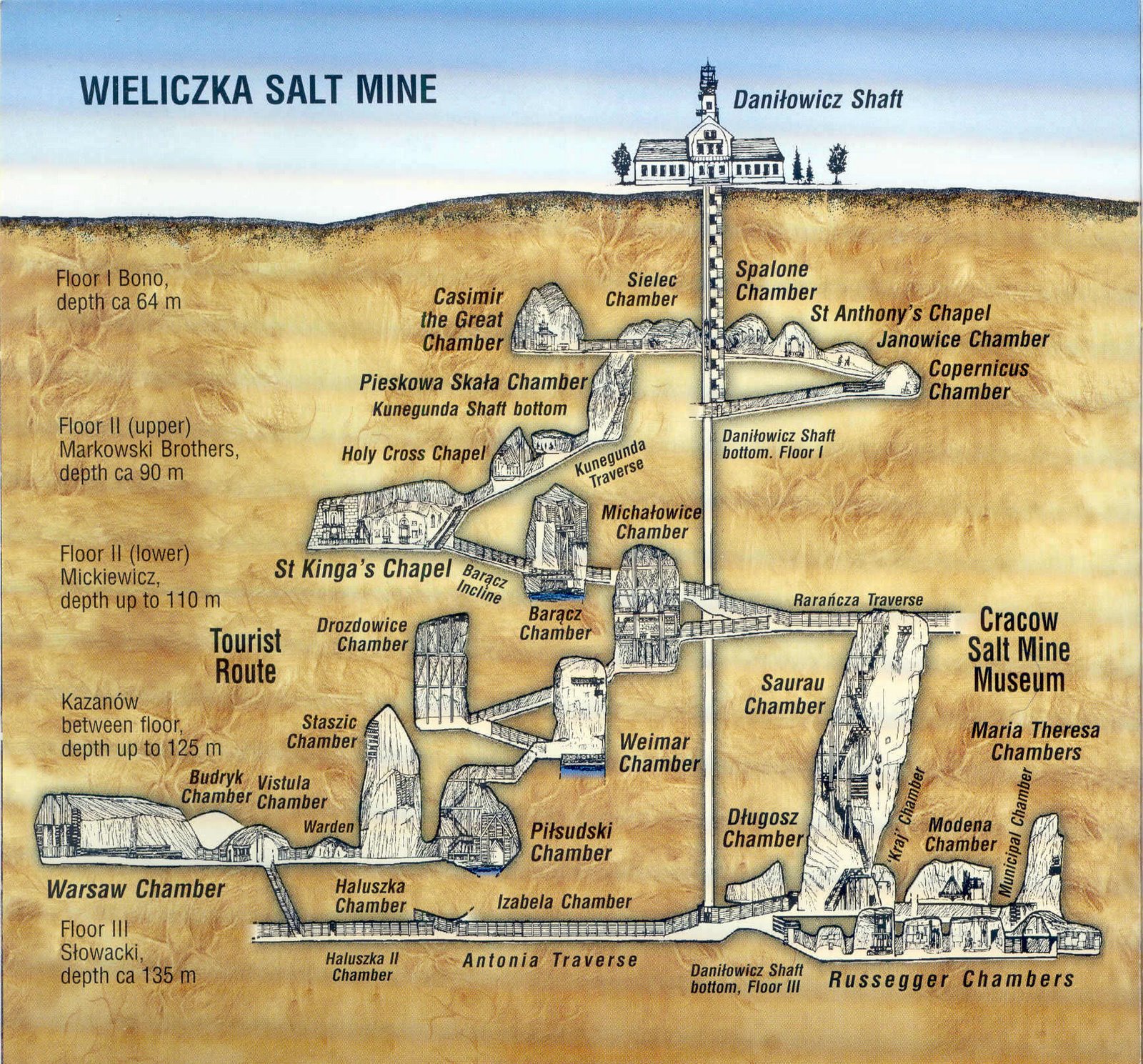Difference between revisions of "Murano"
(Created page with ";Venice -- medieval File:Venice - San Michaeli and Murano - AFB negative.jpg <br> <br> ==== History ==== Murano was initially settled by the Romans and from the sixth ...") |
(No difference)
|
Revision as of 11:22, 23 April 2018
Contents
History
Murano was initially settled by the Romans and from the sixth century by people from Altinum and Oderzo. At first, the island prospered as a fishing port and through its production of salt. It was also a center for trade through the port it controlled on Sant'Erasmo. From the eleventh century, it began to decline as islanders moved to Dorsoduro. It has a Grand Council, like that of Venice, but from the thirteenth century, Murano was ultimately governed by a podestà from Venice. Unlike the other islands in the Lagoon, Murano mints its own coins.
Early in the second millennium hermits of the Camaldolese Order occupied one of the islands, seeking a place of solitude for their way of life. There they founded the Monastery of St. Michael (Italian: S. Michele di Murano). This monastery became a great center of learning and printing. The famous cartographer, Fra Mauro, whose maps were crucial to the European exploration of the world, was a monk of this community. The monastery was suppressed in 1810 by French forces under Napoleon, in the course of their conquest of the Italian peninsula, and the monks were expelled in 1814. The grounds then became Venice's major cemetery.
In 1291, all the glassmakers in Venice were forced to move to Murano due to the risk of fires.[2] In the following century, exports began, and the island became famous, initially for glass beads and mirrors. Aventurine glass was invented on the island, and for a while Murano was the main producer of glass in Europe. The island later became known for chandeliers. Although decline set in during the eighteenth century, glassmaking is still the island's main industry.
In the fifteenth century, the island became popular as a resort for Venetians, and palaces were built, but this later declined. The countryside of the island was known for its orchards and vegetable gardens until the nineteenth century, when more housing was built.
Maps of Murano
Place of Interest
- Glass Maker's Guildhall
- Glass-Maker's Foundries
- Sacred Gull -- A popular tavern with locals and visiting sailors
- Church of Santa Maria e San Donato -- A Byzantine style church established in the 7th century.
- Monastery of St. Michael of Murano -- Established in the early years of the 11th century. {About a hundred years ago}
Citizens of Murano
- Bishop Livio Passerini -- Bishop of Murano.
- Father Savino Carrara -- Local parish priest. {Deceased}
- Capitano Marko -- Slayer of Dragons -- A young militia man who gains a field promotion via his bosses death at the claws of a Tzimisce in Zulo shape. (actually Brian's character)
- Alfeo -- A young militia man with a weak stomach.
- Daniela -- Young server at the Sacred Gull (tavern) and sometimes whore, she often serviced Pompeo and was horrified by his death.
- Eustachio -- Sailor and enemy of the dead sailor Pompeo.
- Gasparo Ungaro -- Signore & Councilor (the first councilor of Isola di Murano that Marko has met)
- Evaristo Dinapoli -- Signore & Councilor with a hound headed dagger.
- Bonaccorso Adesso -- Signore & Councilor in charge of funds.
- Pompeo & Naldo -- Sailors (both deceased along with Naldo's entire family).
Vampires of Murano
- Vasileios Michelakis -- Artisan of Glass {Toreador}
- Dragon of Murano -- Mass murderer of Serbian origin {Tzimisce}
Abandoned Murano Salt Mine



